33 Facts About US History That'll Challenge Everything You Learned In Grade School

1. Thanksgiving does not have the history you likely grew up learning it did. First of all, the Wampanoag Native Americans had already had plenty of contact with Europeans when the settlers arrived in Plymouth (Europeans had already sold some into slavery), and multiple members of the tribe knew English and had been to Europe. While the leader of the Wampanoag tribe, Ousamequin, did offer an alliance to the English people in Plymouth, it was really so they would be protected against the Narragansetts, a rival tribe.
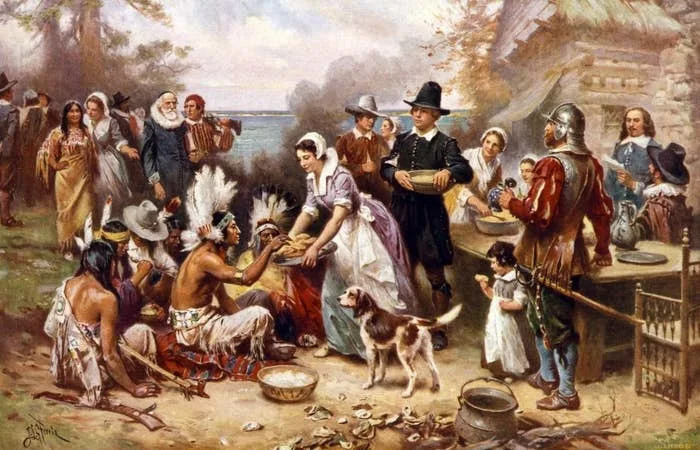
2. Also, Thanksgiving used to be celebrated with fasting and prayer, and it only became what it's known as today because descendants of the Pilgrims in Plymouth wanted to make it more of a festival to ensure New England's place in American history and increase tourism. It wasn't declared a national holiday until the Civil War, by President Abraham Lincoln, because he wanted to unify the states.

3. Oh, and BTW, the Wampanoags-Pilgrim alliance fractured slowly over the years and eventually came to an end with the bloody King Philip’s War, which included colonists burning women and children alive in their homes, and selling many Native people into slavery. Both the Wampanoag and Narragansett tribes were all but annihilated by the settlers.
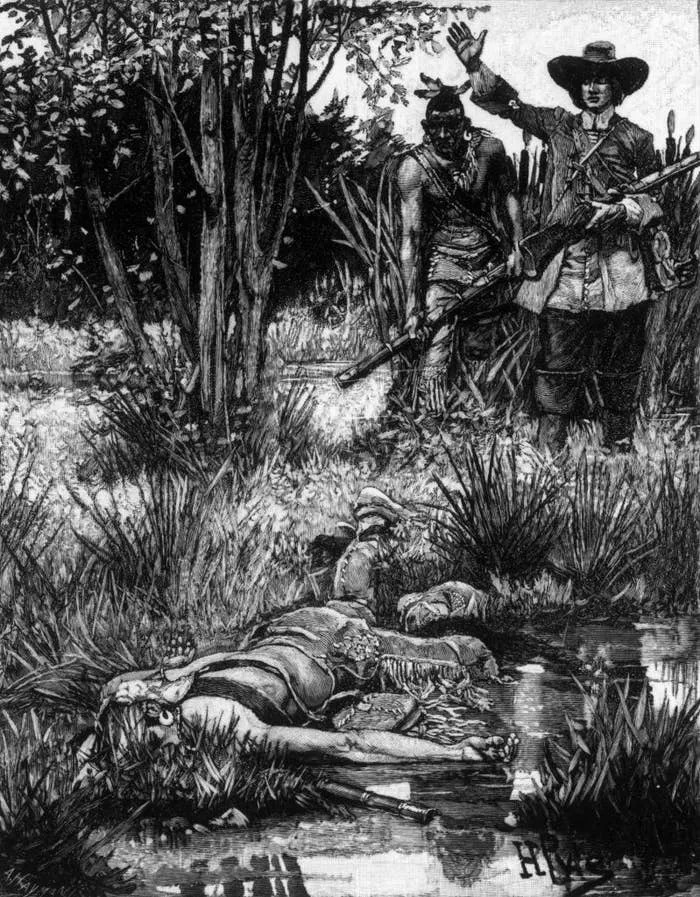
4. Let's talk about the Puritans for a moment: While it's true they came to the Americans to practice their own religion, they certainly did not practice religious freedom. They banished and even killed those who didn't agree with their religion.
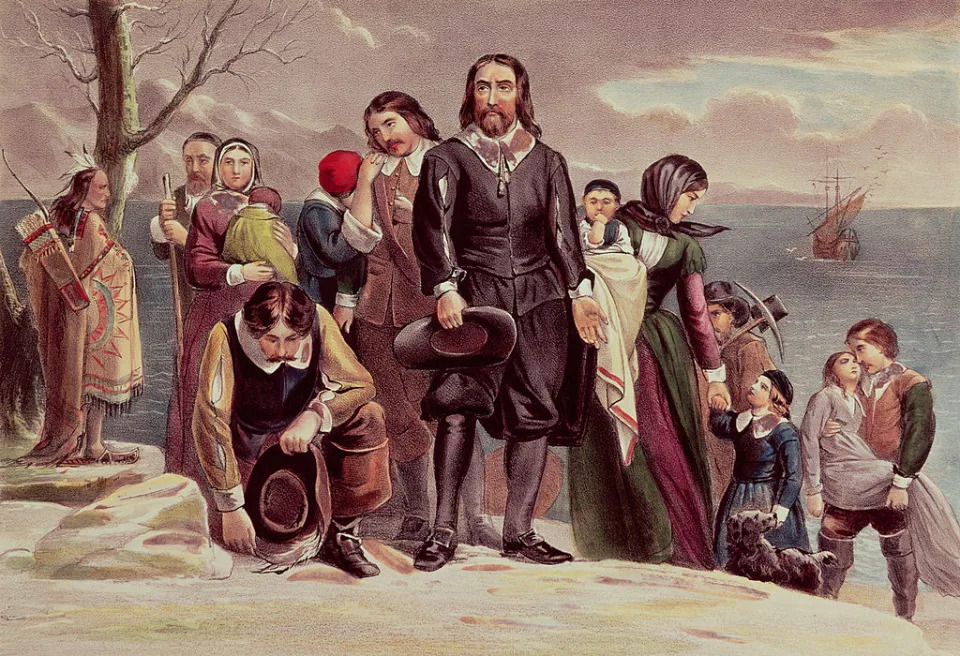
5. President Lincoln was not quite the bastion of equality history makes him out to be. In 1858, he stated, “There is a physical difference between the white and the Black races which I believe will forever forbid the two races living together... While they do remain together, there must be the position of superior and inferior, and I as much as any man am in favor having the superior position assigned to the white race." He also said, “I will say then that I am not, nor ever have been in favor of bringing about in any way the social and political equality of the white and Black races.”
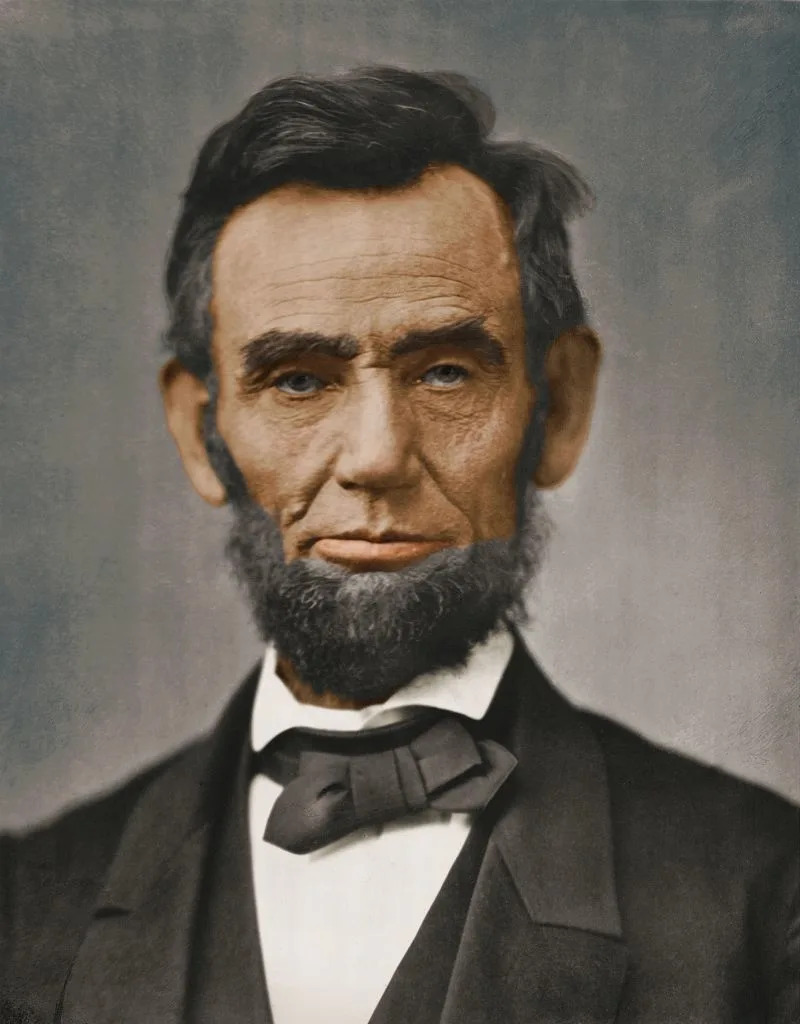
Lincoln also made a number of other problematic remarks, including blaming enslaved people for starting the Civil War and telling racist jokes.
6. The Declaration of Independence wasn't signed on the 4th. The vote for independence occurred on July 2, and the document's final language was approved on July 4, but the signing occurred on Aug. 2.
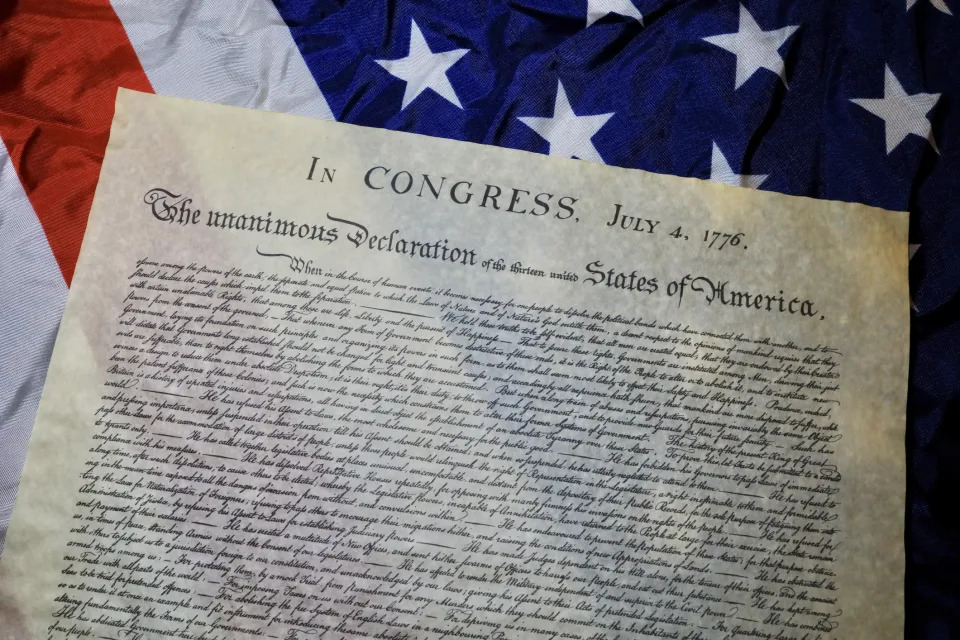
7. There is no evidence that Betsy Ross made the first American flag, or had any involvement in the creation of the flag at all.
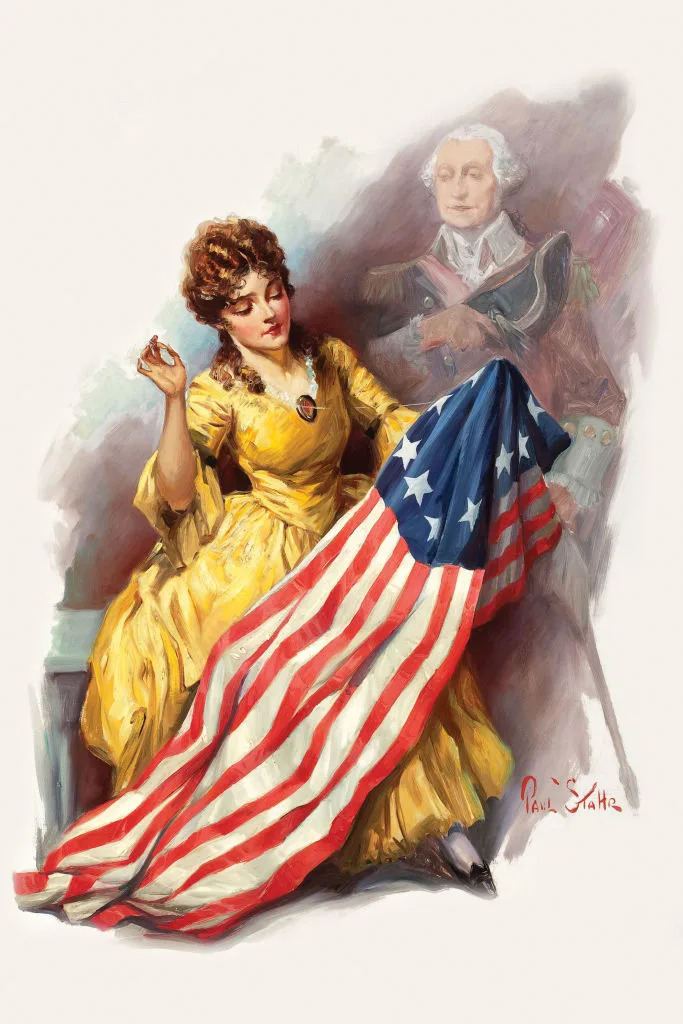
8. In fact, it's just as much of a myth as the story of George Washington and the cherry tree. The story — about a 6-year-old Washington cutting down his father's cherry tree, then admitting to it, proving the virtue of honesty — was invented by one of Washington's biographers.

9. And speaking of George Washington...he didn't have wooden teeth. He did have dentures made, but they were made of lead, brass, gold, and steel...and possibly the teeth of enslaved people.
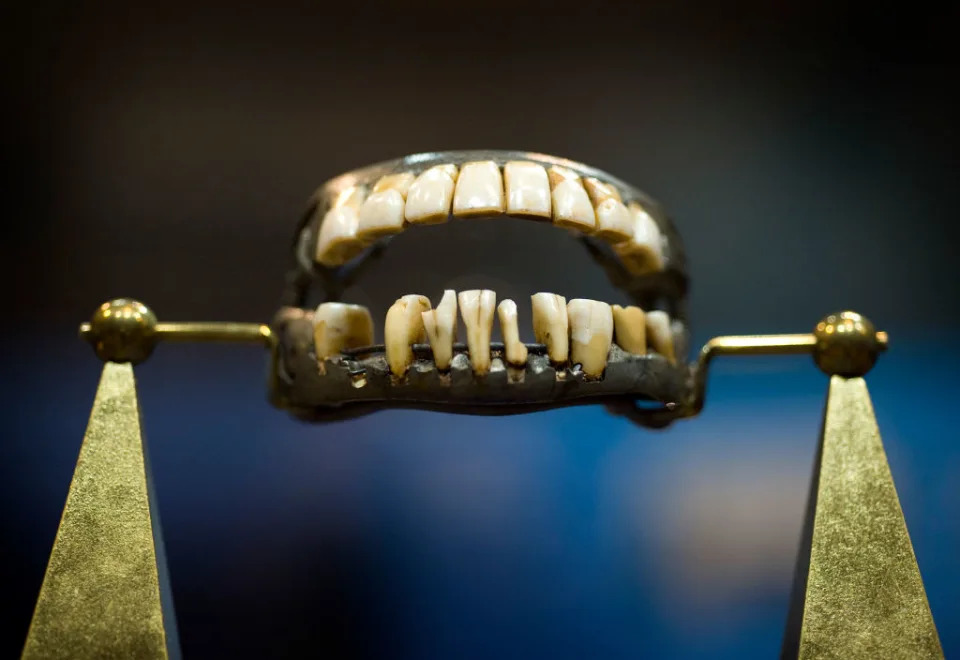
10. Another American myth? Johnny Appleseed. While he did plant many apple trees, the apple variety he planted was for the purpose of making hard apple cider. Also, he planted the orchards to sell them to incoming settlers, who were required to plant such trees to prove they would stay in these newly developing areas. Our modern image of the man (actually named John Chapman) likely comes from his portrayal in Disney's 1948 film Melody Time.

11. Delaware was part of Pennsylvania, and was never its own colony under British rule. It didn't become an independent state until 1776, and declared its independence from Pennsylvania and Britain on the same day (a few weeks before the Declaration of Independence was signed) — meaning that it was not one of the thirteen original colonies, and that there were in fact 12 original colonies.
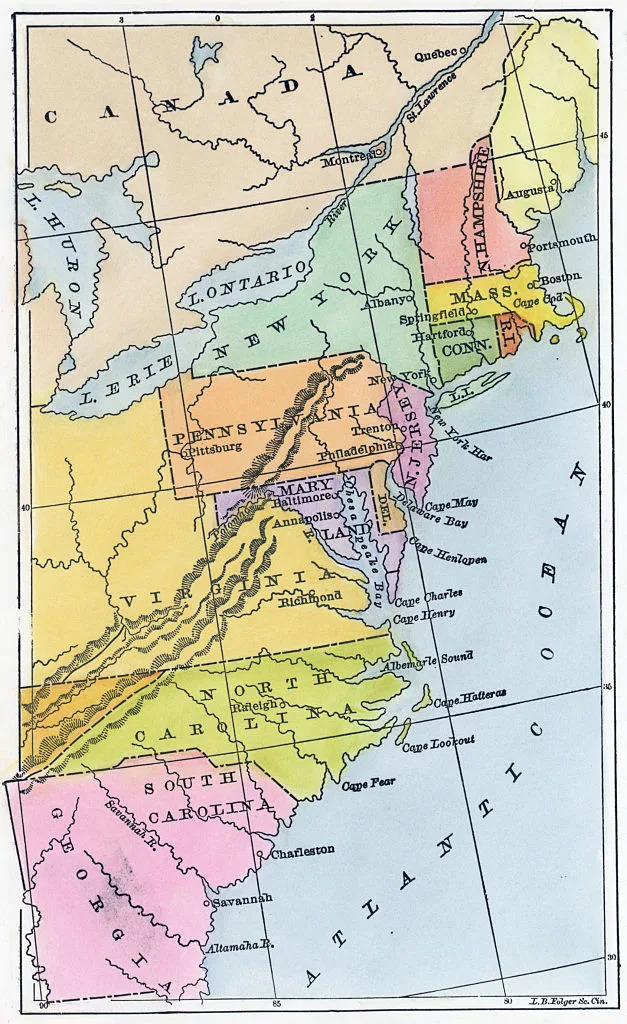
12. Paul Revere did not shout "The British are coming!" during his midnight ride. Revere actually said, "The Regulars are coming out!" To say the "British" were coming would've been confusing for colonists who considered themselves British. Plus, while Revere did wake and warn many households, he did not shout through the streets as stories suggest. Though he was definitely a patriot, he was also just a paid messenger and submitted a bill for the ride.
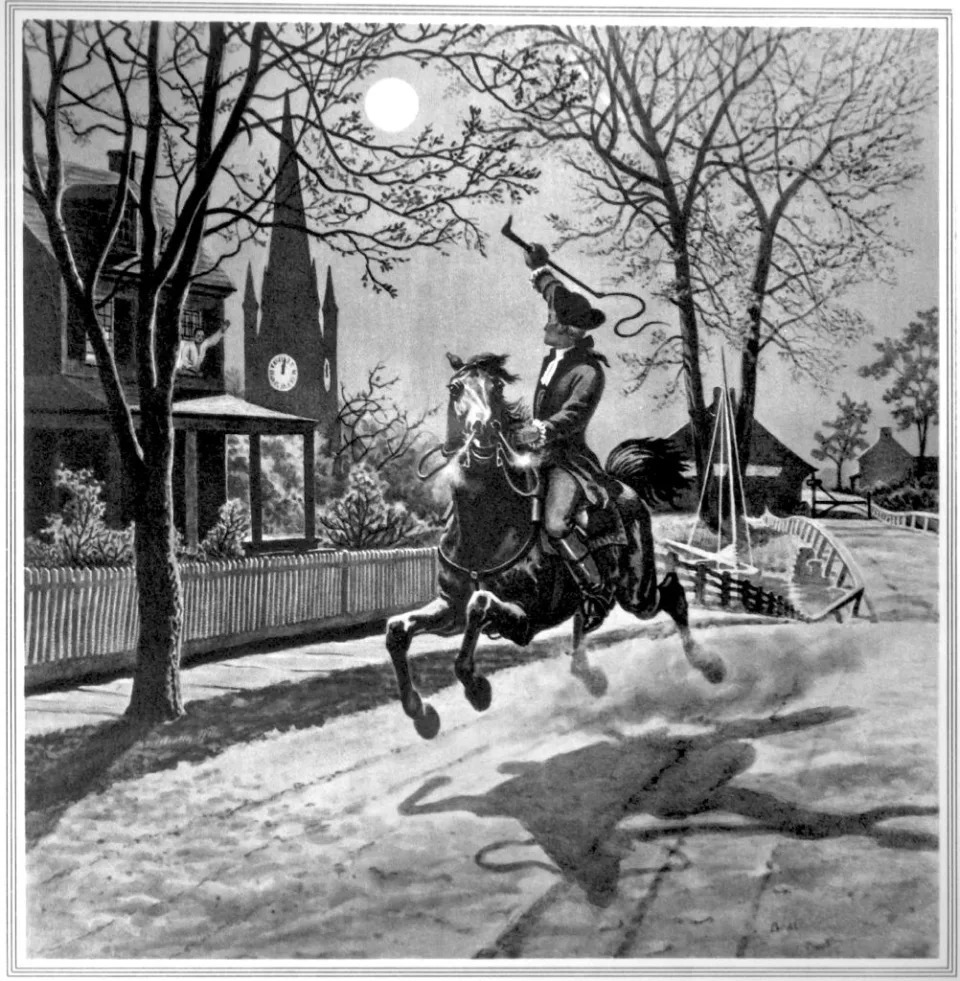
13. He was also not the only rider. After he reached Lexington, he was joined by William Dawes, who had arrived to deliver the same news. They met a doctor named Samuel Prescott on the way to Concord who decided to help them — he was the only one to actually finish the ride and reach Concord before fighting began, meaning Paul Revere never even finished the ride.

Revere was captured (and later released) while Dawes managed to escape the soldiers chasing him but lost his horse and could not complete the journey.
14. You may have gotten the impression in school that the majority of colonists wanted independence from Britain when the Revolutionary War began. In fact, the percentage of colonists who supported the war was closer to 45% — and often below that. One-third of the colonists actually fought for the British. And many would constantly switch sides based on who was winning.
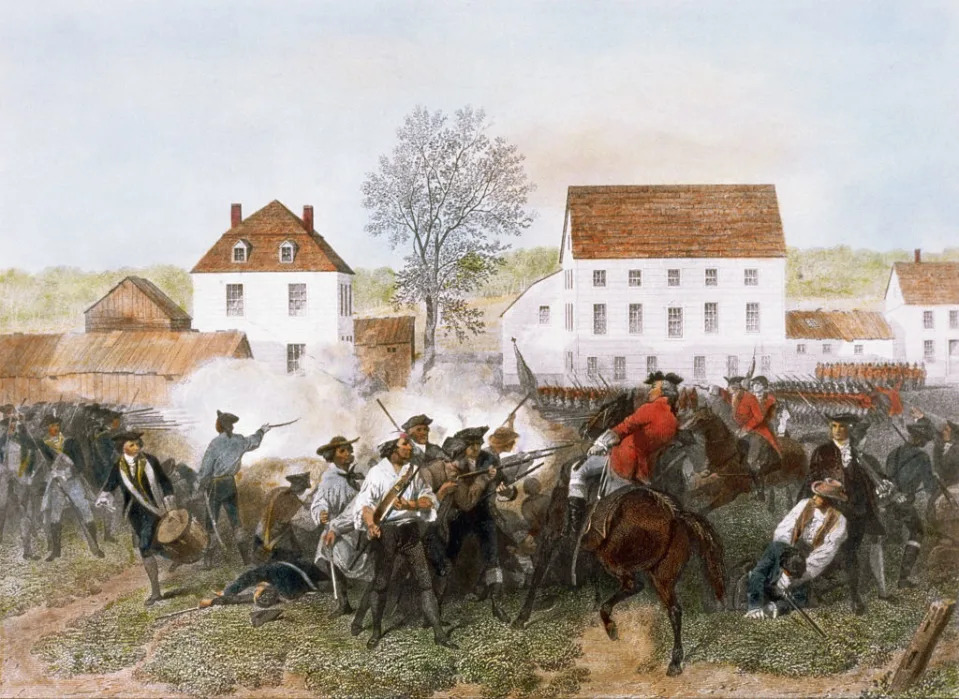
15. Molly Pitcher was not likely a real person — at least, not a singular person. Some believe the story (of a woman fighting in the Revolutionary War) refers to Mary Ludwig Hays, who got the nickname Molly Pitcher from handing out water to fighting soldiers. In the Battle of Monmouth, she reportedly took her husband's spot at a cannon after he was incapacitated. However, Molly Pitcher could also refer to Margaret Corbin, who was also nicknamed Molly and took the place of a wounded male soldier on the firing line. And Deborah Sampson, who disguised herself as a man to fight in the war, was also apparently nicknamed Molly.
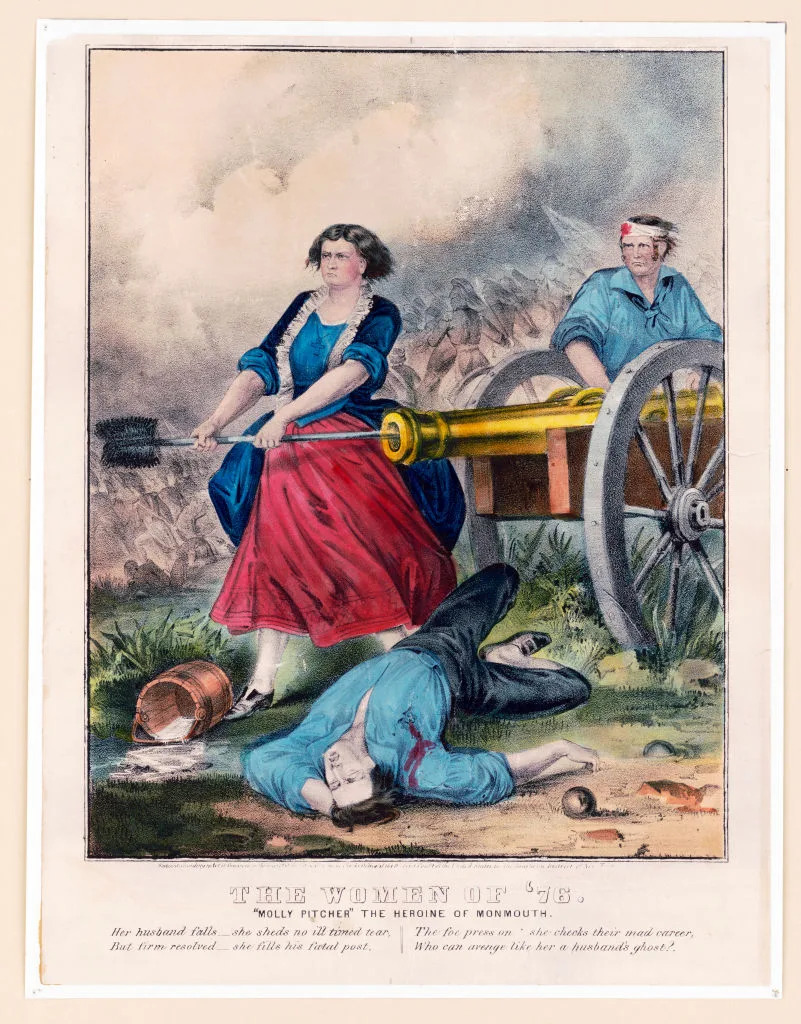
Thus, "Molly Pitcher" is likely a figure meant to represent multiple women who fought in the war, instead of referring to any one story (especially considering there are differing accounts of each of these stories). In fact, some historians have suggested that many women may have taken up arms and fought when the need arose, and there were certainly many women accompanying the troops.
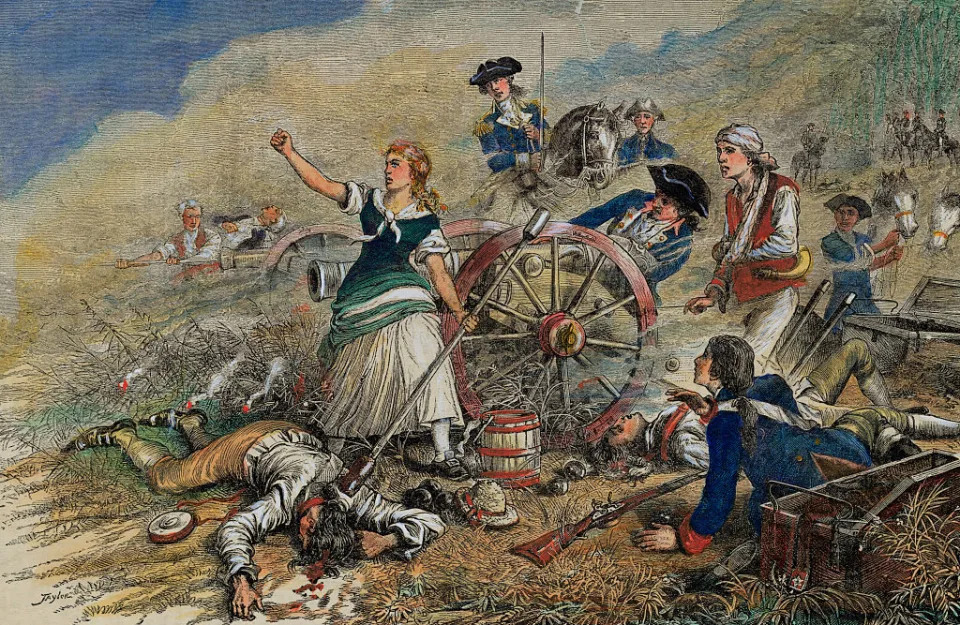
16. No "witches" were burned in the Salem Witch Trials. They were usually hanged if found guilty, or died while still in prison. Also, men were also accused of witchcraft — in fact, about 25% of those accused were men.
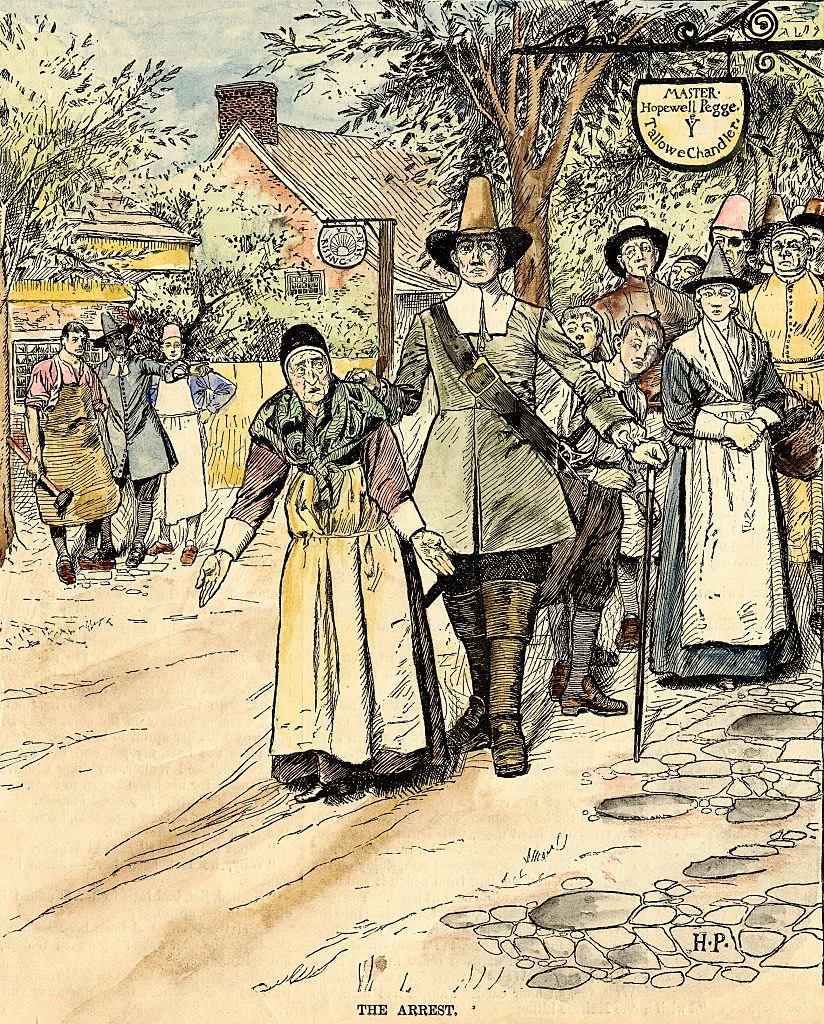
People were burned to death in European witch trials, but not in Salem.
17. George Washington was not technically the first president. He was the first elected president under the Constitution, but in the years following the signing of the Declaration of Independence, the United States operated under the Articles of Confederation, which had multiple presidents — though they were technically presidents of Congress, and held no executive power.
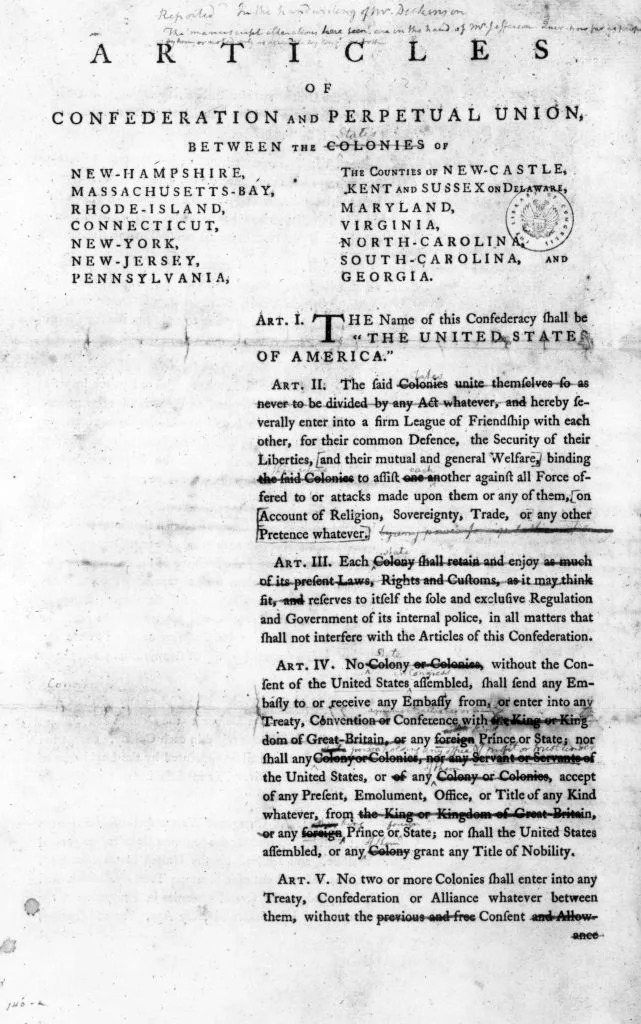
18. One more Washington fact for you: He was opposed to political parties. He thought they'd tear us apart.
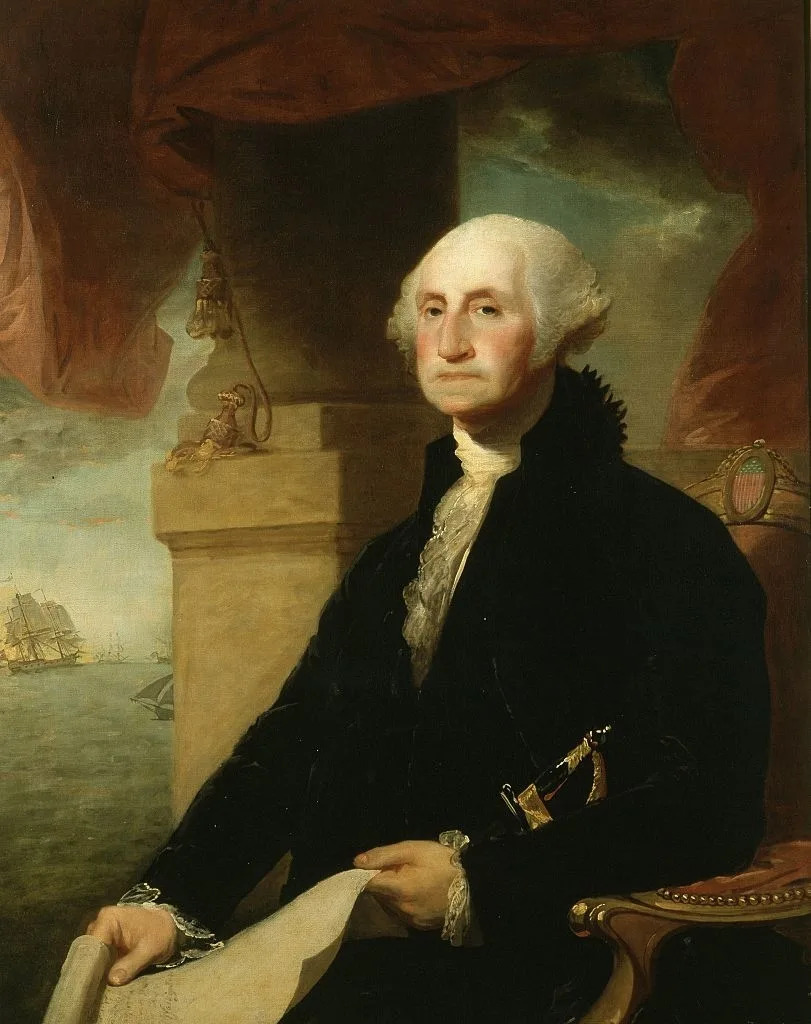
19. Pocahontas was literally a child when the fully adult John Smith met her, and there's no record of them having a romantic relationship.
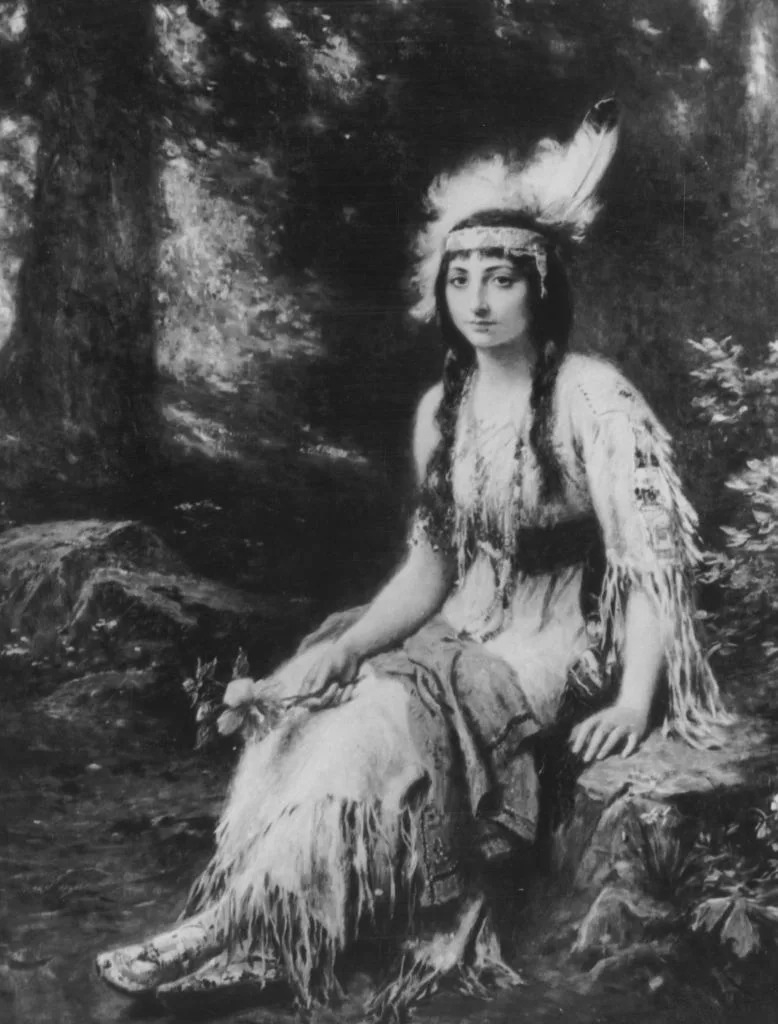
20. The US did not enter World War II to beat the Germans or rescue the Jewish people. They didn't even enter the war until late 1941 (it had begun in 1939), when they were attacked by the Japanese, then spent most of their time fighting them. It wasn't until 1944 (a year before the war's end, and two years after credible reports that millions of Jews were being killed) that the US actively began trying to rescue Jews. World War II was not America's great moral battle like media makes it seem, nor were they as involved as media suggests.

21. In fact, the US actively turned away thousands of Jewish refugees during the war (right back to places under Nazi control), despite not having filled their quota for German immigrants. Countries that did accept Jewish refugees included China and the Philippines.
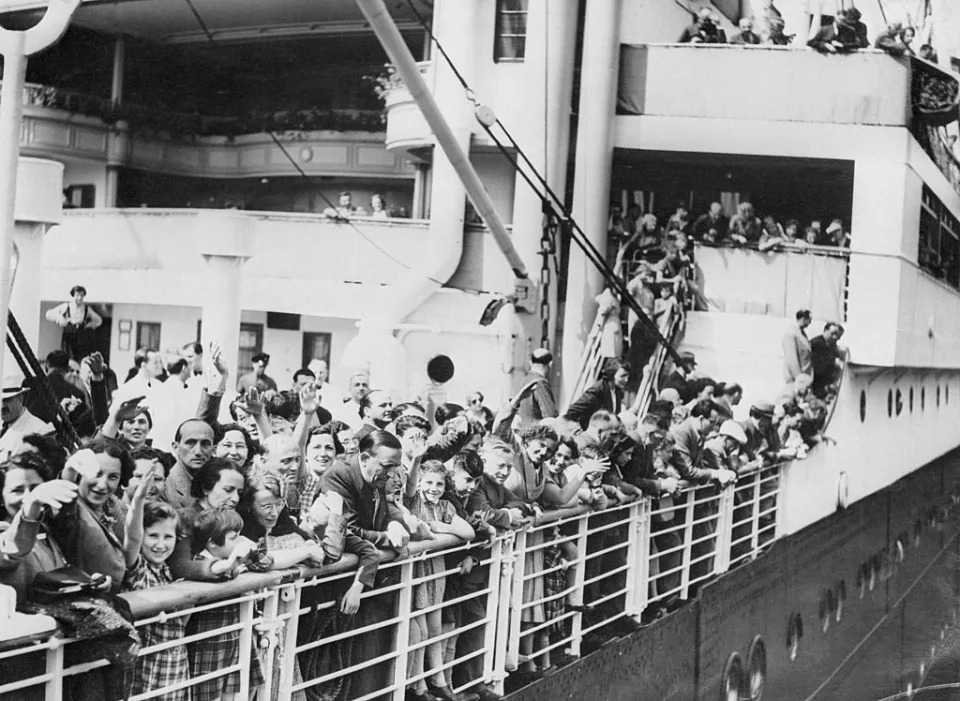
22. The rhetoric that the atomic bombs the US dropped in Japan 100% had to be used in order to end the war (and prevent further death) is not entirely true. There is plenty of evidence to suggest the US dropped the bombs to A) prevent the Soviet Union from getting too involved in the offense against Japan, which could lead to them seizing territory, and B) intimidate and impress the Soviet Union with the US's power. There were other options to using the bombs, and there was plenty more time to consider them before the planned invasion of Japan.
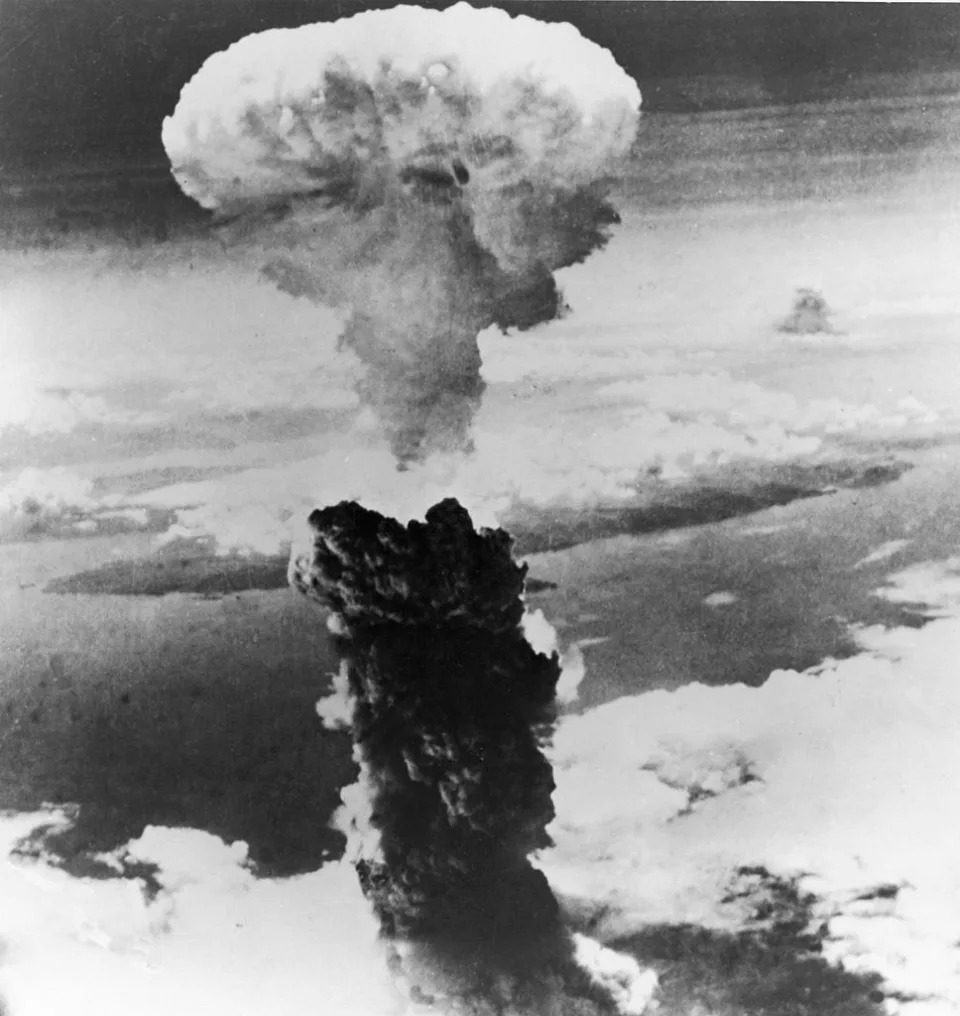
23. The Texas Revolution is often sanitized in history books, particularly in Texas. One of the main causes of the revolution was not a patriotic desire for freedom from Mexico, but instead to preserve slavery. Mexico had outlawed the practice, which upset Texans, whose main industry was cotton.
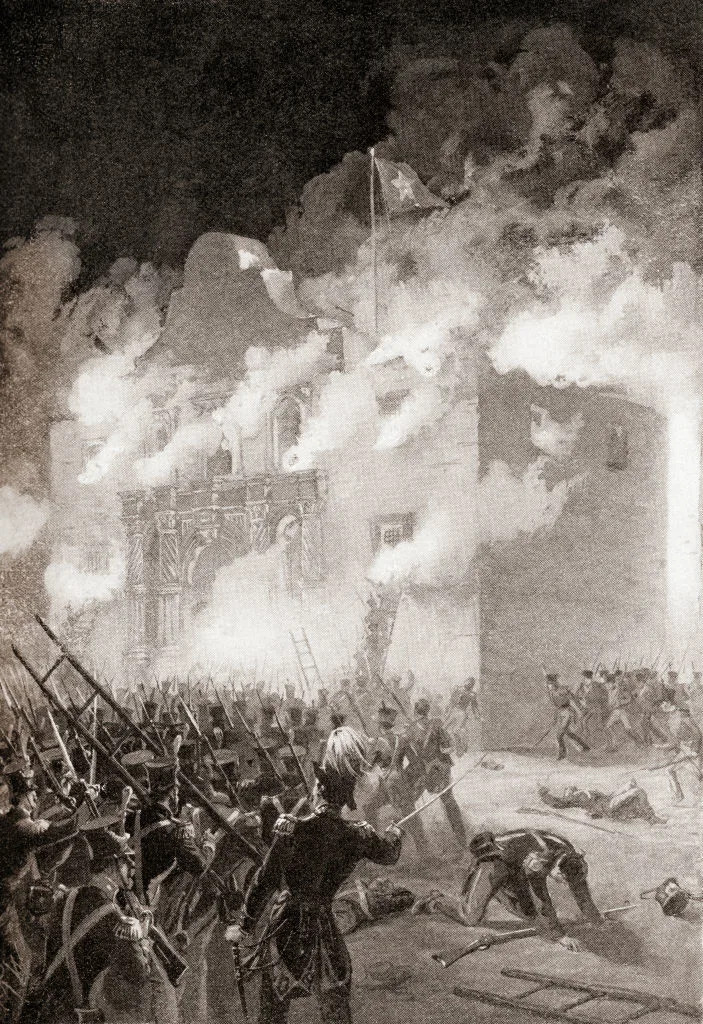
24. The Georgia state flag did not always feature a Confederate flag. It was actively added as a response to the Civil Rights Movement in 1956, and lasted until 2001.

25. Speaking of the Civil Rights Movement — the commitment to nonviolence was more of a tactical strategy than anything else. Nonviolence was effective because it provided a stark contrast to the violence of segregationists, and when these images were spread throughout the country, it was very clear who the "bad guys" were in the situation because the segregationists were the only ones inflicting the violence. Civil rights leaders hoped that media coverage would show Northerners how badly Black people were treated in the South.
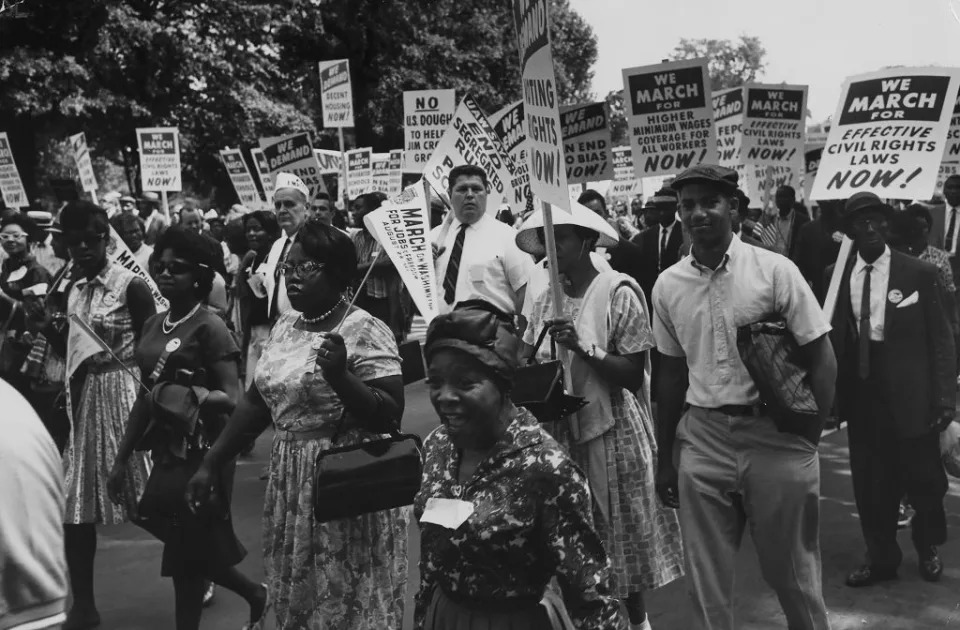
26. Rosa Parks was not just an older woman who didn't want to leave her seat. She was not tired nor old — she was 42. She was also a longtime NAACP member and activist, and had worked to raise funds for a previous woman who had been arrested for not giving up her seat on a bus, 15-year-old Claudette Colvin. Although Parks knew the NAACP needed a lead plaintiff in their case to end the Jim Crow law, the act of protest was not planned.
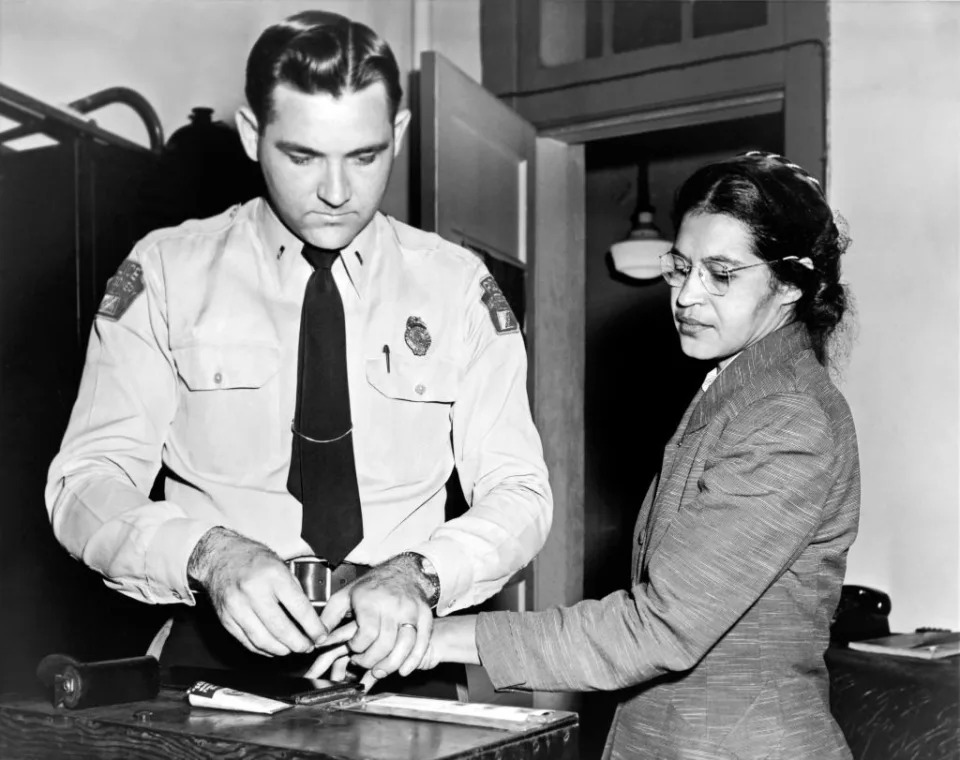
Also, the arrest largely occurred because of the driver. Parks was sitting in a middle section that was first come, first serve. She was asked to move for a single white passenger — the three Black passengers in her row obliged, meaning the man had a spot to sit. However, the driver still demanded that she move. This was a driver she had met before and disliked — Parks said in her autobiography that she wouldn't have even ridden his bus that day if she'd noticed he'd been driving.
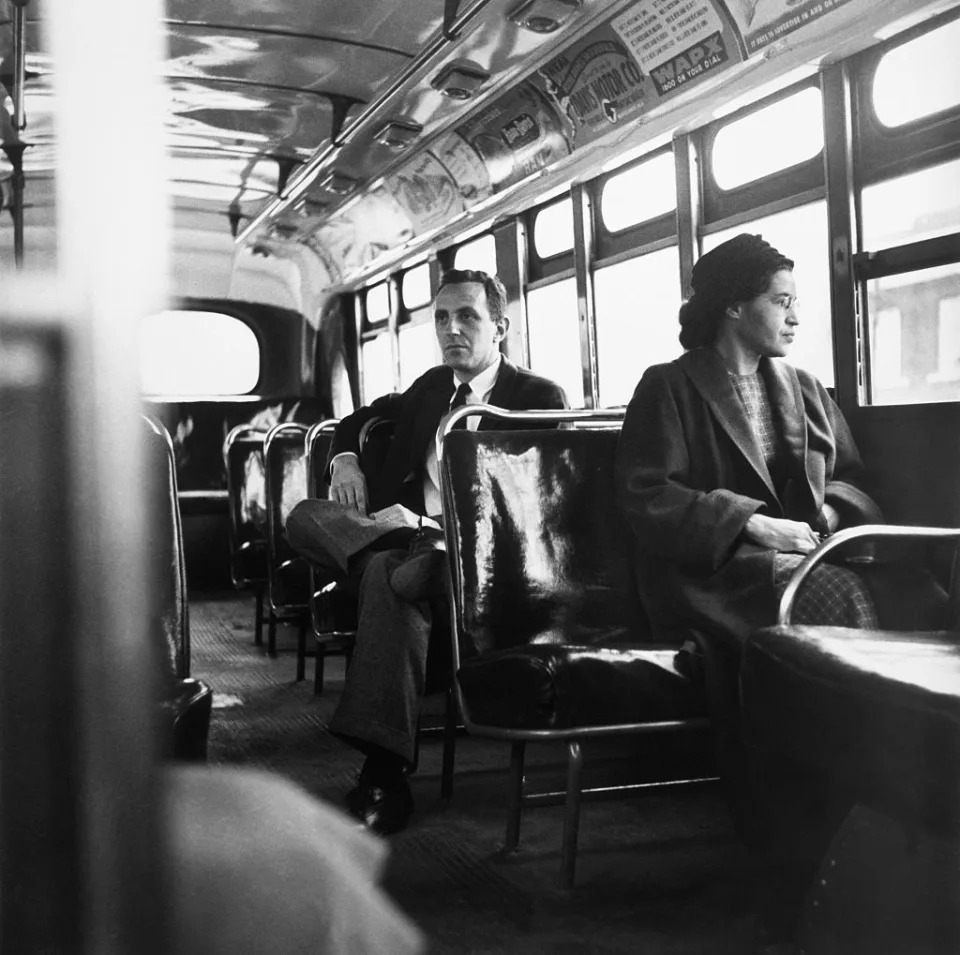
27. Christopher Columbus was not the first person to "discover" the Americas. Except Columbus was not the first European to reach the Americas. Leif Erikson had been to Canada hundreds of years prior.
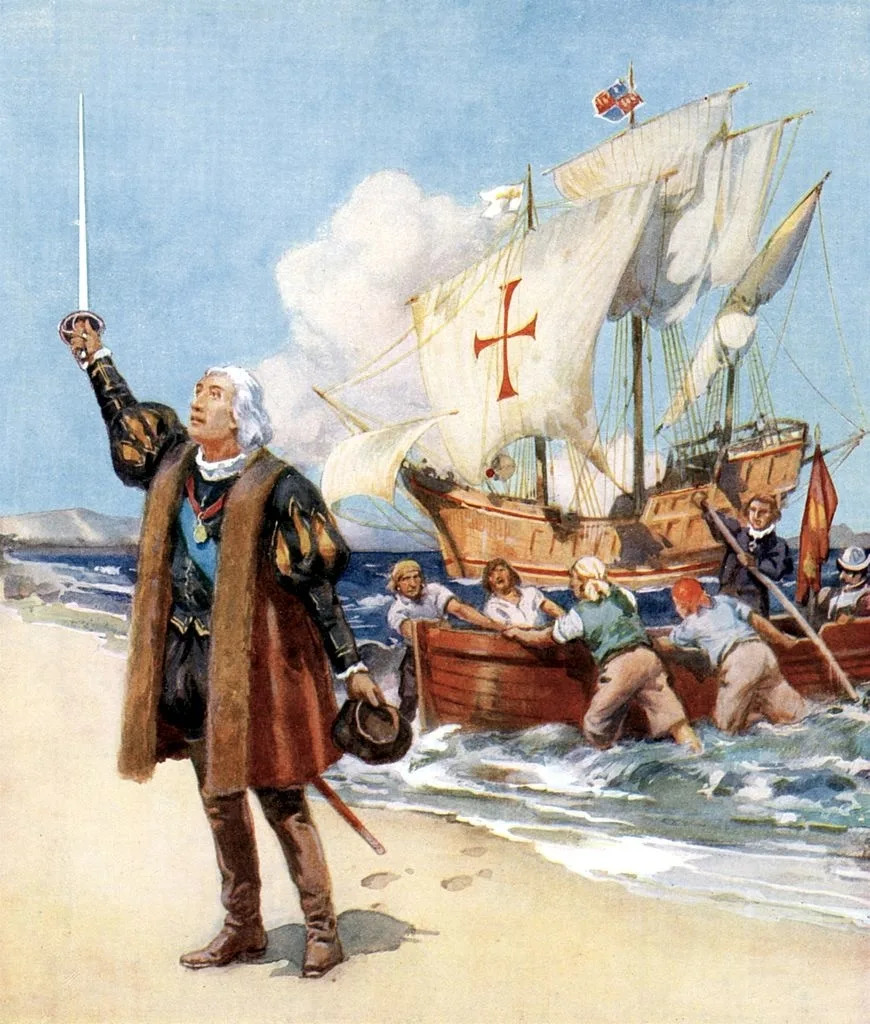
28. In fact, Columbus also never even set foot on North America. Also, his ships the Niña, Pinta, and Santa Maria, were probably not named that at all. Oh, and he was an absolutely abhorrent person who committed atrocities.

29. William F. Cody — also known as Buffalo Bill — saw very little combat and was by and large an actor who exaggerated his own exploits. In fact, the whole of the Wild Wild West was largely a myth/propaganda to galvanize white men in America and enforce ideas of masculinity, white superiority, and settlers' right to the land. There were not even close to as many skirmishes between settlers and Natives as stories might make you believe — and very few bank robberies (I'm talking 8 in 40 years) or shootouts occurred.
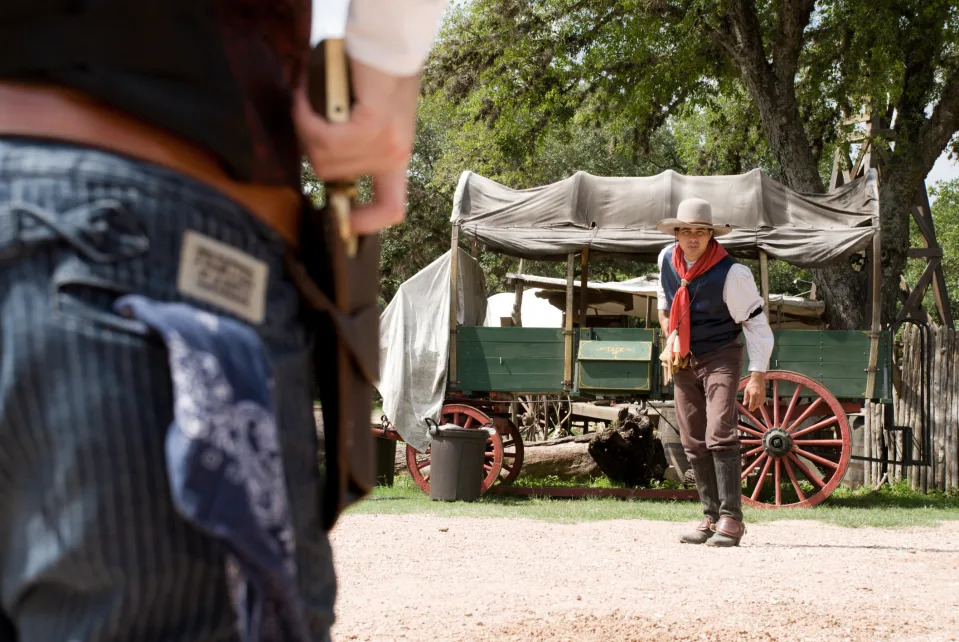
The shootouts that did occur certainly didn't look as they did in the movies — namely, they were a lot more drunken and close-up.
30. Also, cowboys are not American — the first cowboys were Mexican cattlemen, and many "cowboy" terms were stolen from them. Also, many American cowboys were Black men freed from slavery. And cowboys didn't wear what are now known as cowboy hats.
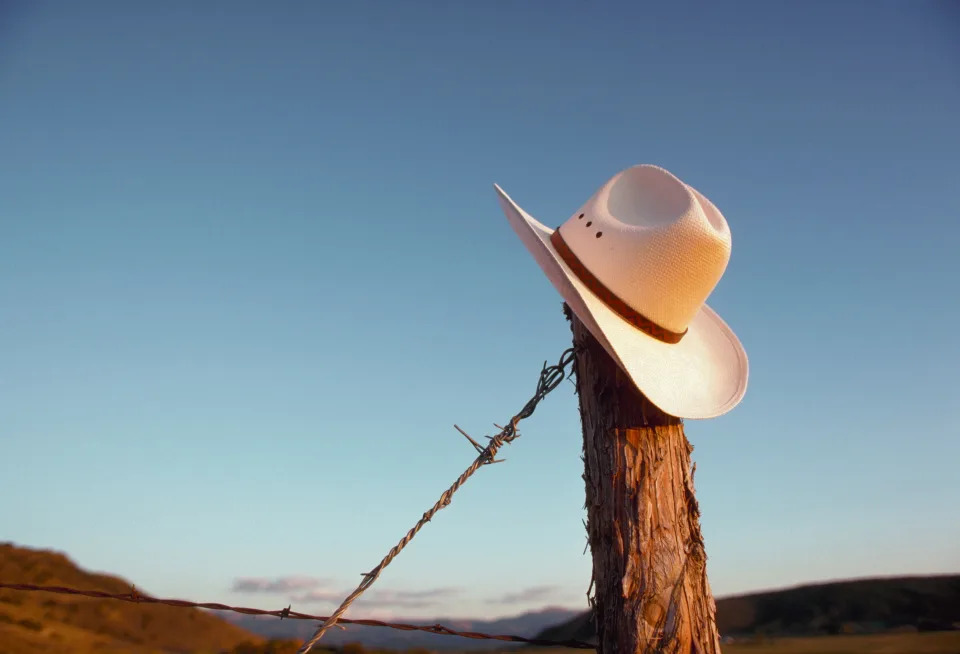
31. Oh, and the killing of buffalos that gave Buffalo Bill his name? In case you didn't know, this was done to attempt to kill Natives and force them out of areas by taking out their food source. And the US ended up causing the near-extinction of the buffalo. There were between 30 and 60 million buffalo in the early 1800s, but as settlers started to expand west (and built their first transcontinental railroad) over the next century, the number of buffalos dwindled down to less than 1,000.
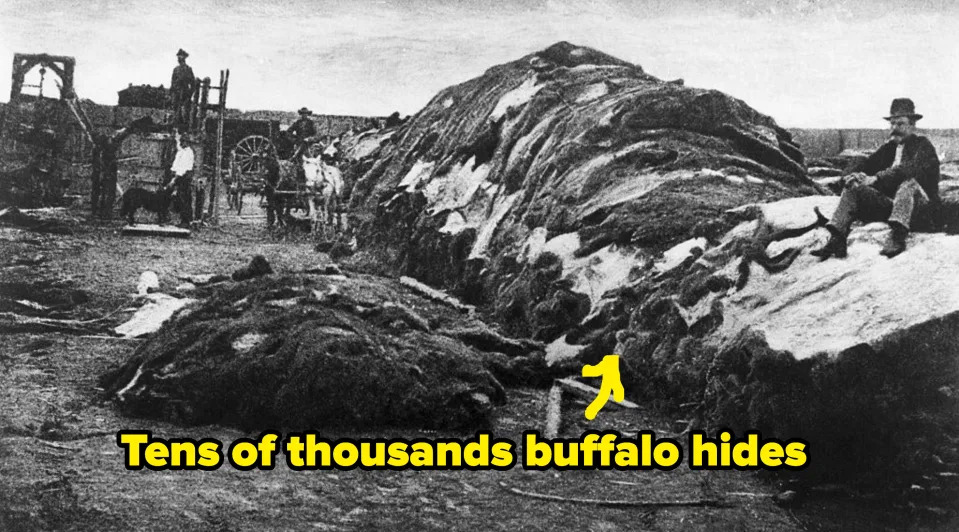
32. Thomas Edison is likely best known for inventing the lightbulb. Except versions of lightbulbs had actually already been invented, and electric street lights already existed. Edison was just the first to create a cheap and effective light bulb that could be used by the average family in their home. Also, Edison did not come up with his inventions alone — he had an entire team behind him, and the movie camera he "invented" in particular was largely created by his assistant, William Kennedy Laurie Dickson.
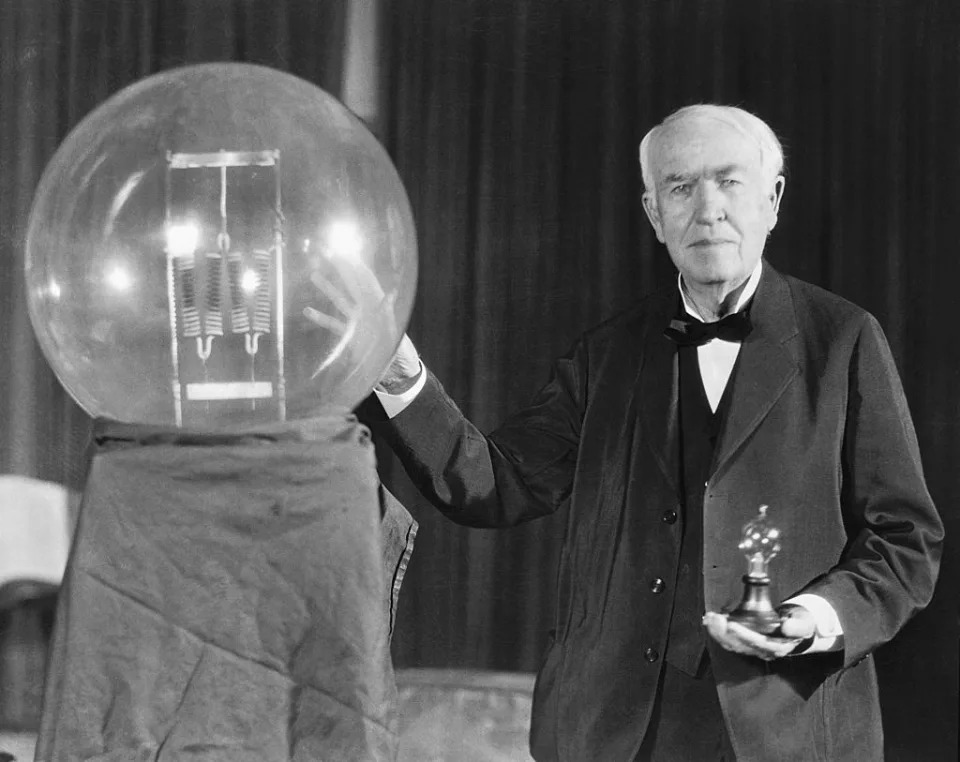
Some argue that Edison often took the credit for inventions that were not his own.
33. And finally, for the record, the United States government was not founded as a Christian nation — much of the ideas about America being a Christian nation are from the 19th century, and the founding fathers were very clear about dividing church and state. In fact, "Under God" was only added to the Pledge of Allegiance in 1954, and "In God We Trust" became the country's motto in 1956. Both laws were signed by President Eisenhower, in part as a response to the Cold War ideas of Communists being "godless" and Americans being morally superior.
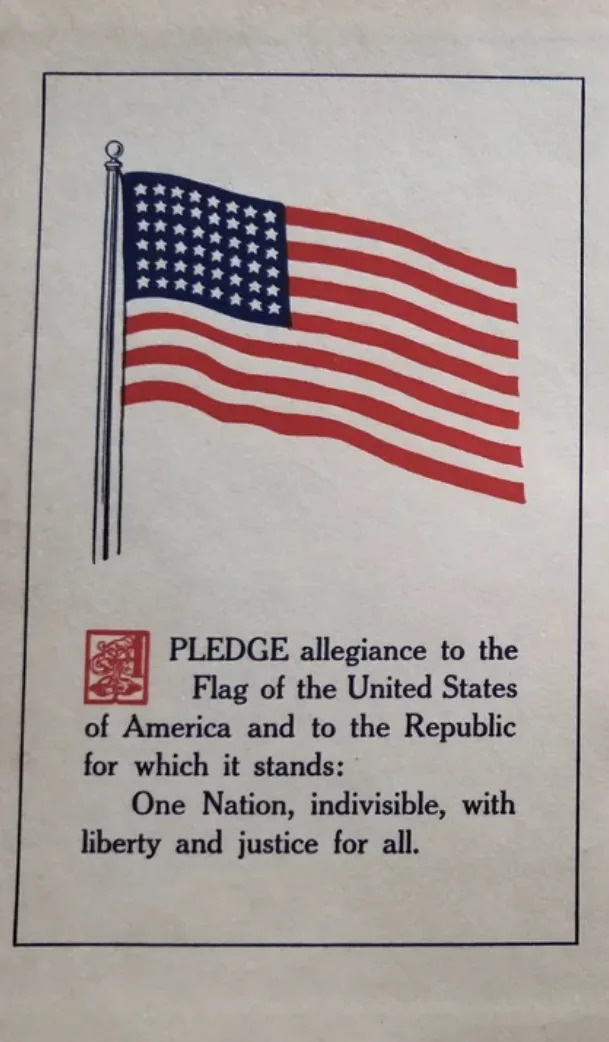
- Questions and Answers
- Opinion
- Story/Motivational/Inspiring
- Technology
- Art
- Causes
- Crafts
- Dance
- Drinks
- Film/Movie
- Fitness
- Food
- Games
- Gardening
- Health
- Home
- Literature
- Music
- Networking
- Other
- Party
- Religion
- Shopping
- Sports
- Theater
- Wellness
- News
- Culture
- War machines and policy

